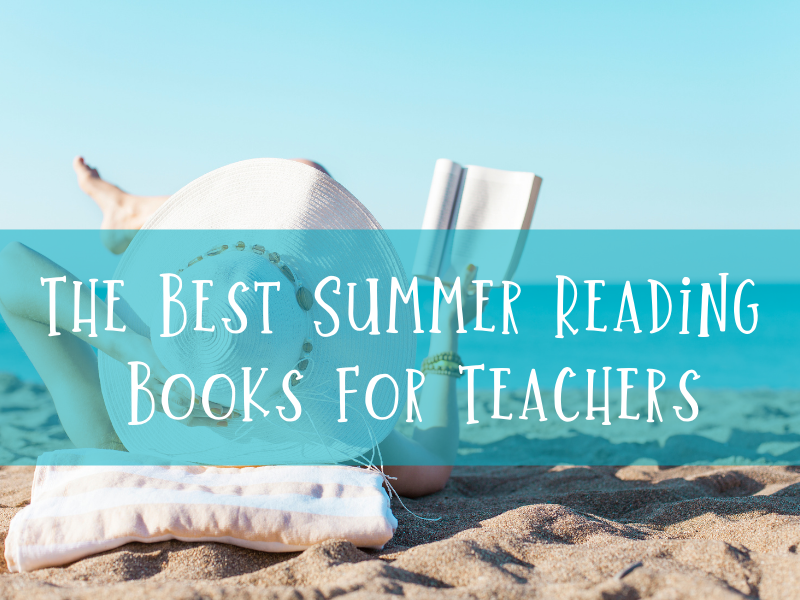In our last post about personalized learning, we explored some of the basics: What is personalized learning? Why is it so important, and what are the best ways to make it work, particularly in schools where a limited number of educators must serve a wide range of learners? We then turned to our incredible community of educators on our social media pages and asked them to share their best tips for effective personalized learning. One clear theme emerged: personalized learning is only possible when teachers have solid relationships with their students and understand their unique needs and interests. In this post, we will share the insight of several teachers who are successfully implementing personalized learning, along with specific strategies to make personalized learning a reality in your classroom.
The Importance of Building Relationships With Students
Solid teacher-student relationships are the foundation for effective personalized learning. For the purpose of providing an education that caters to each child’s unique strengths, weaknesses, needs and interests, we must first have a deep understanding of what those strengths, weaknesses, needs and interests are. Read on to see what two experienced teachers had to say about forming these bonds with their students.
“In order to personalize learning we have to make an effort to get to know students as humans first. There are so many factors in their own personal world and in their identities that impact the way that they learn. If we are truly going to personalize learning and draw on our students’ interests to make meaningful connections, we have to try to understand who they are. I think that’s one of the benefits of looping in elementary or having high school teachers teach the same students repeatedly. I think at the high school level that’s why students choose to take classes that are offered by the same teacher.” Melissa Survinski, Facilitator, Hampton Township District
“In order to personalize learning, you must build a relationship with your students. When you truly get to know them you can see where they may struggle even if they don’t know it. You also must be willing to change things up when you see that a student is struggling with something and be able to make it relevant to them.” Heather Dalton, 6th Grade Teacher, Statesville Middle
Specific Strategies for Personalized Learning
Once we understand the importance of the teacher-student relationship and work toward building that foundation, we can begin to tailor learning experiences for each individual student. These teachers share their strategies for getting to know their students better, (which has been especially challenging during a pandemic), as well as customizing instruction for them.
“This year I am teaching my band lessons online. In order to personalize my instruction, halfway through each lesson we stop to answer the “Question of the Week.” The question has nothing to do with music but instead provides an opportunity for a small break and a way for me to get to know my students through a computer. They all look forward to it each week and will call me out if I forget to do it!” Heather Taylor, Band Teacher at Lakeshore Elementary
“Spiraling with my English Learners has been amazing. You seem to get even more time with them the second or third year because you become like a family.” Shannon Ventresca, ESOL & Spanish Teacher at East Cobb Middle
“Find resources that are not only educational but also relevant to your students! Showing them WHY and HOW to use information (and not just the WHAT) they learn will stick with them long after they leave your class and as they prepare for life!” Amy Erb, STEAM Teacher at Stallings Elementary
“Getting to know your students’ interests is important to helping you personalize lessons that they will want to engage in. I have had great success getting to know my students through periodic interest surveys and icebreaker activities.” Jennifer Oliger, Teacher at Edison Elementary
Personalized learning is not a new concept, but it is an important practice of the most successful educators. As we move forward and strategize how to address learning gaps caused by the pandemic slide, it will become even more important. We are grateful to our community of educators for sharing their valuable insight on the topic.



